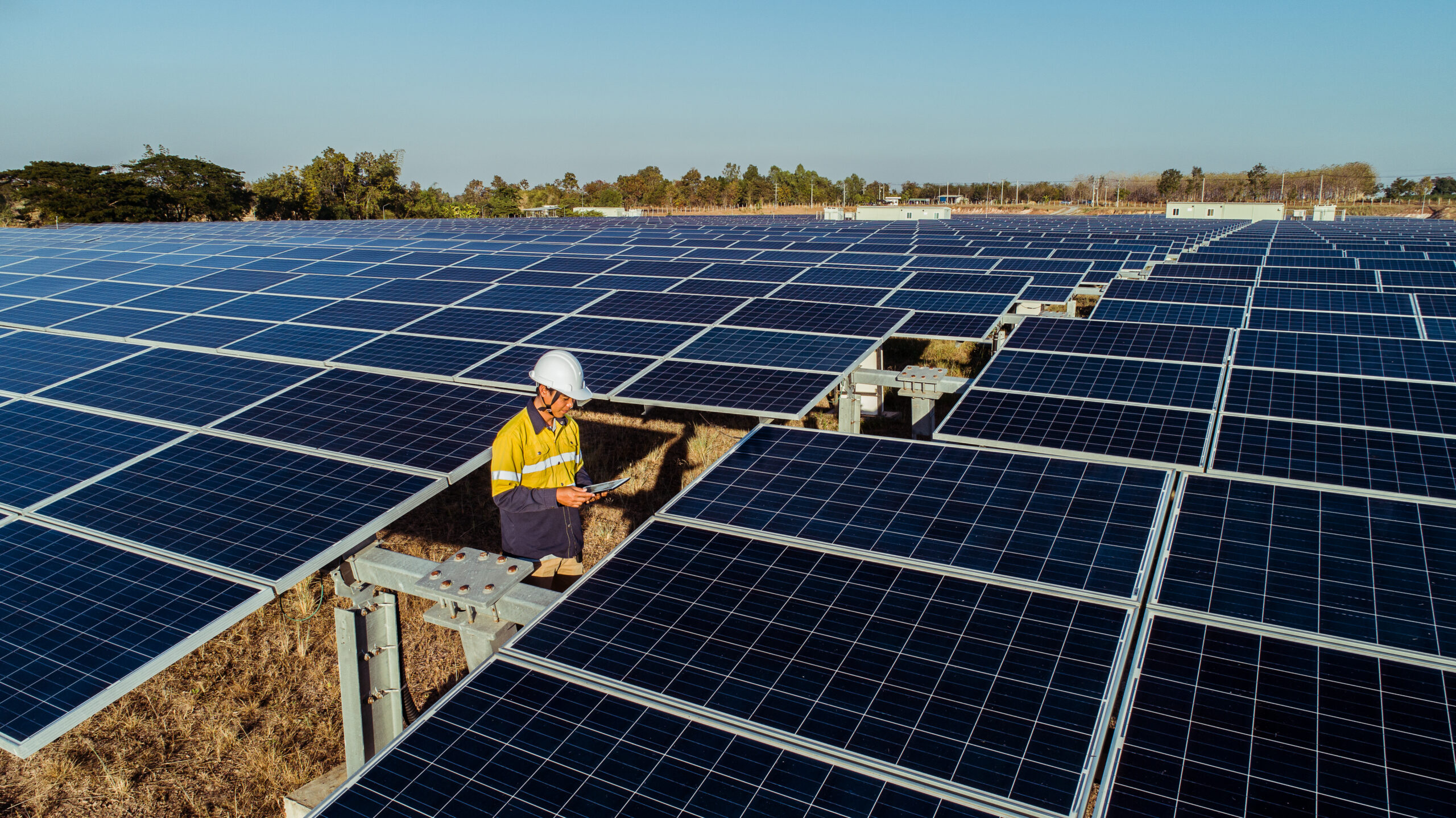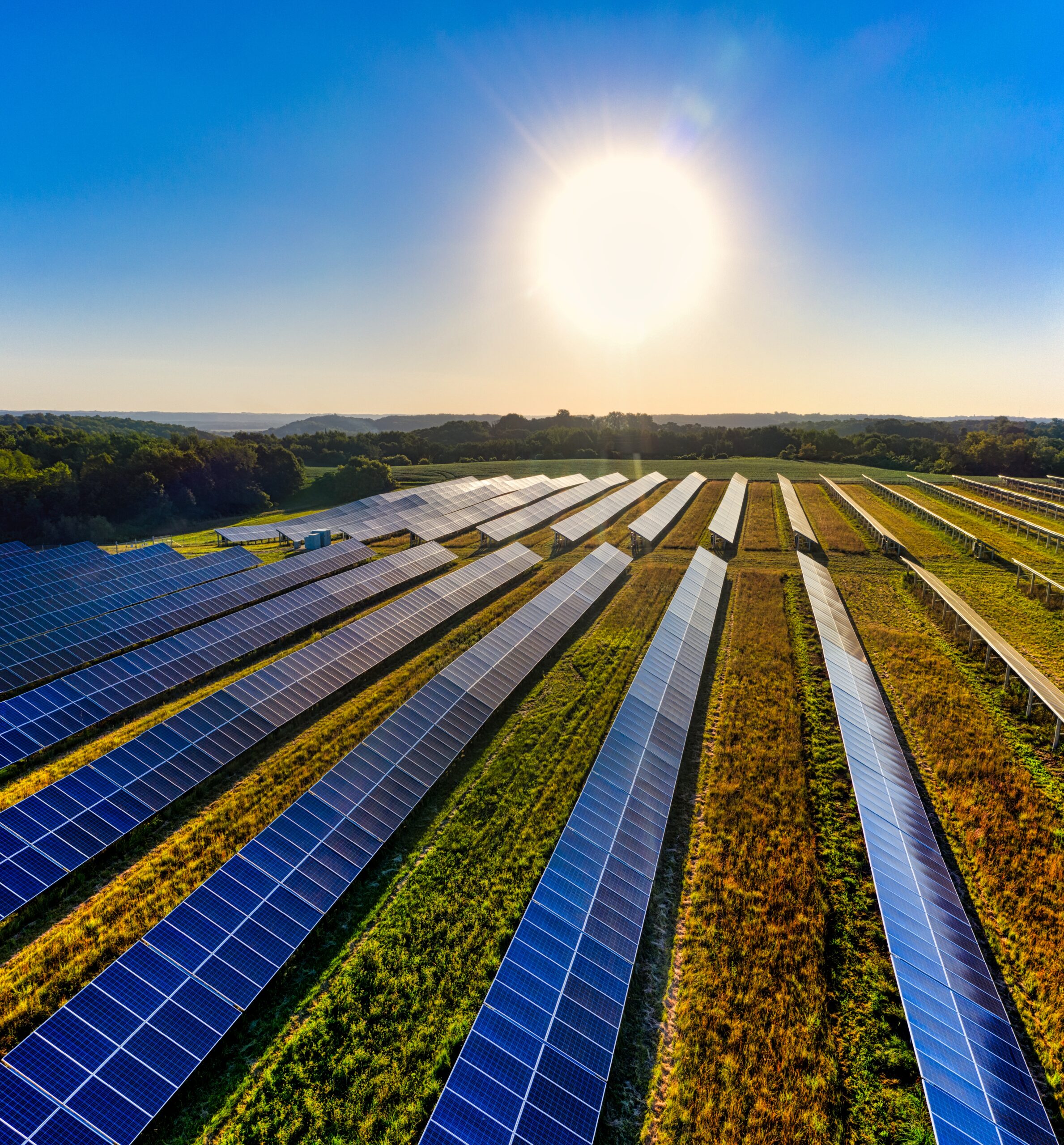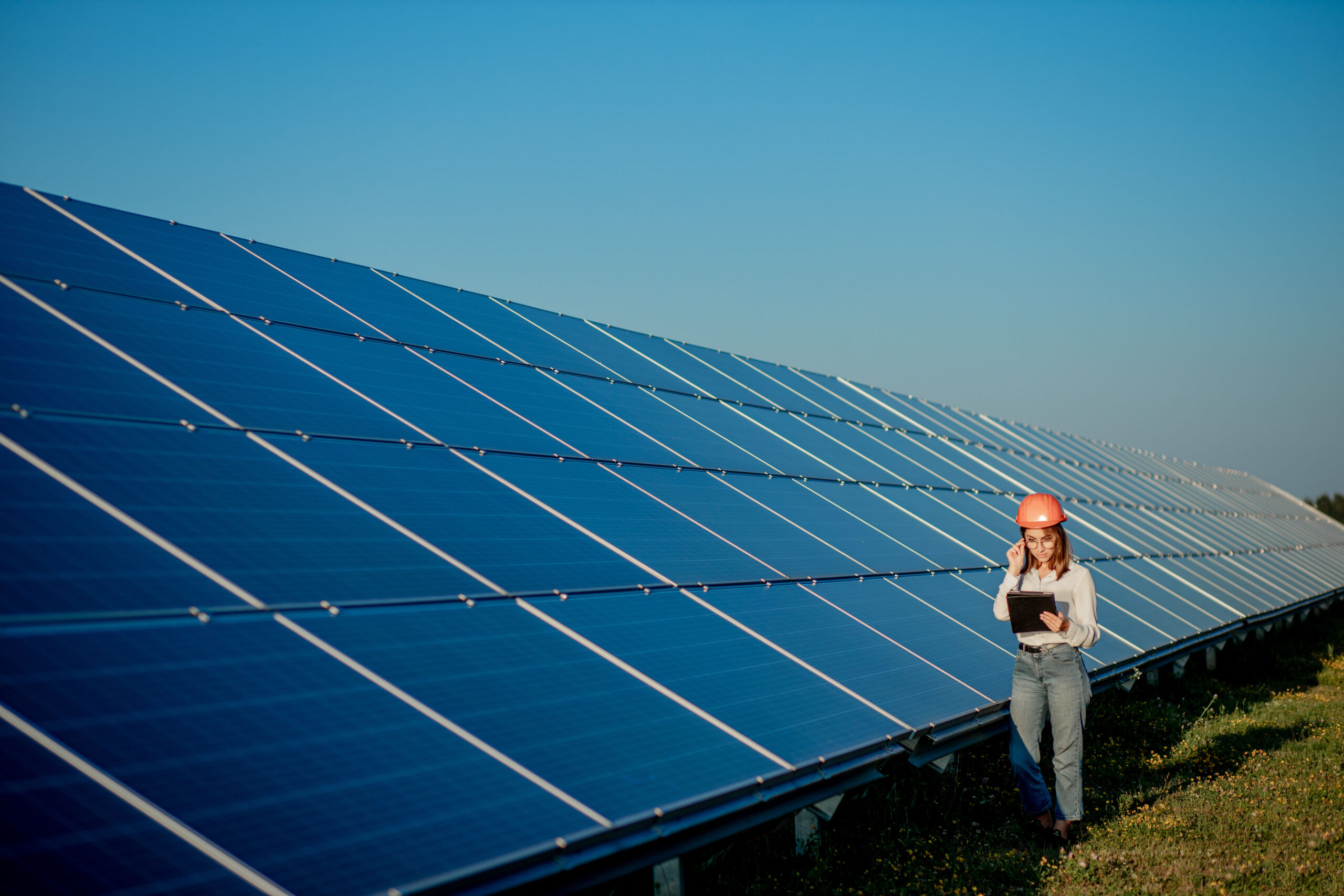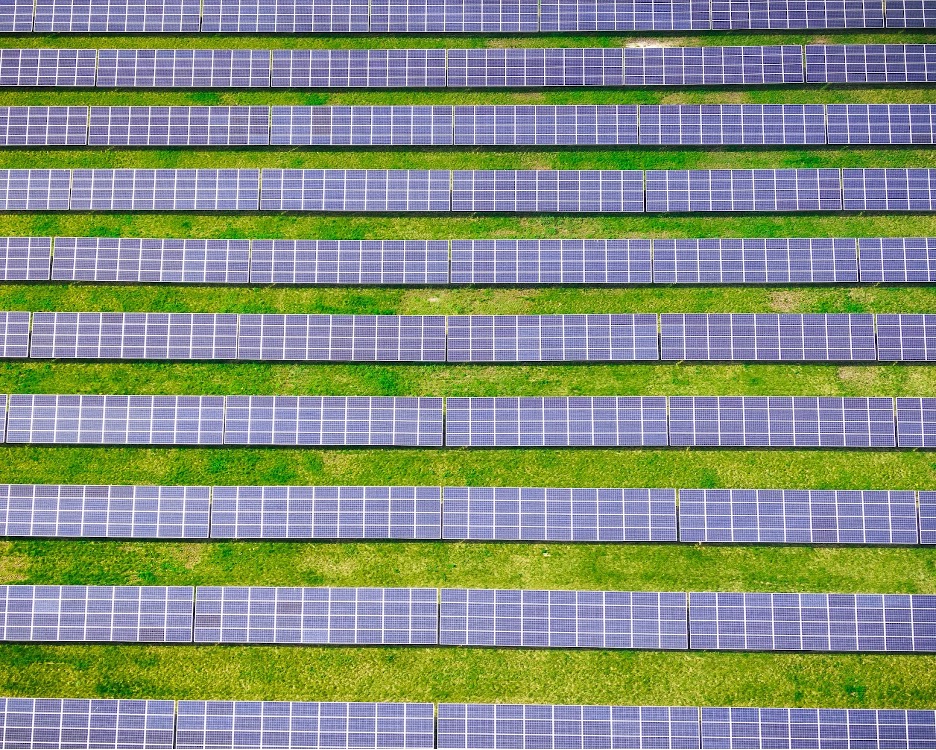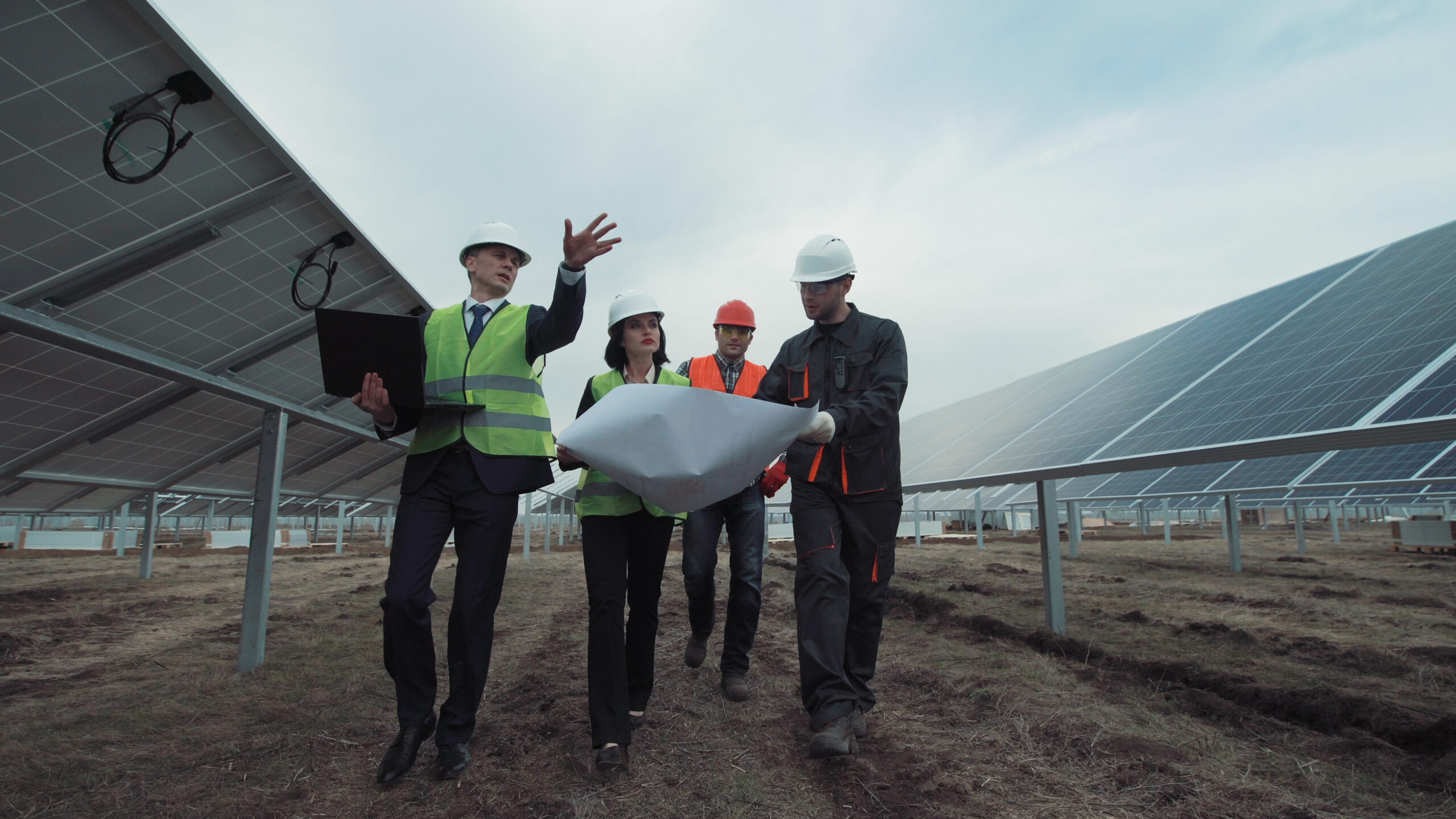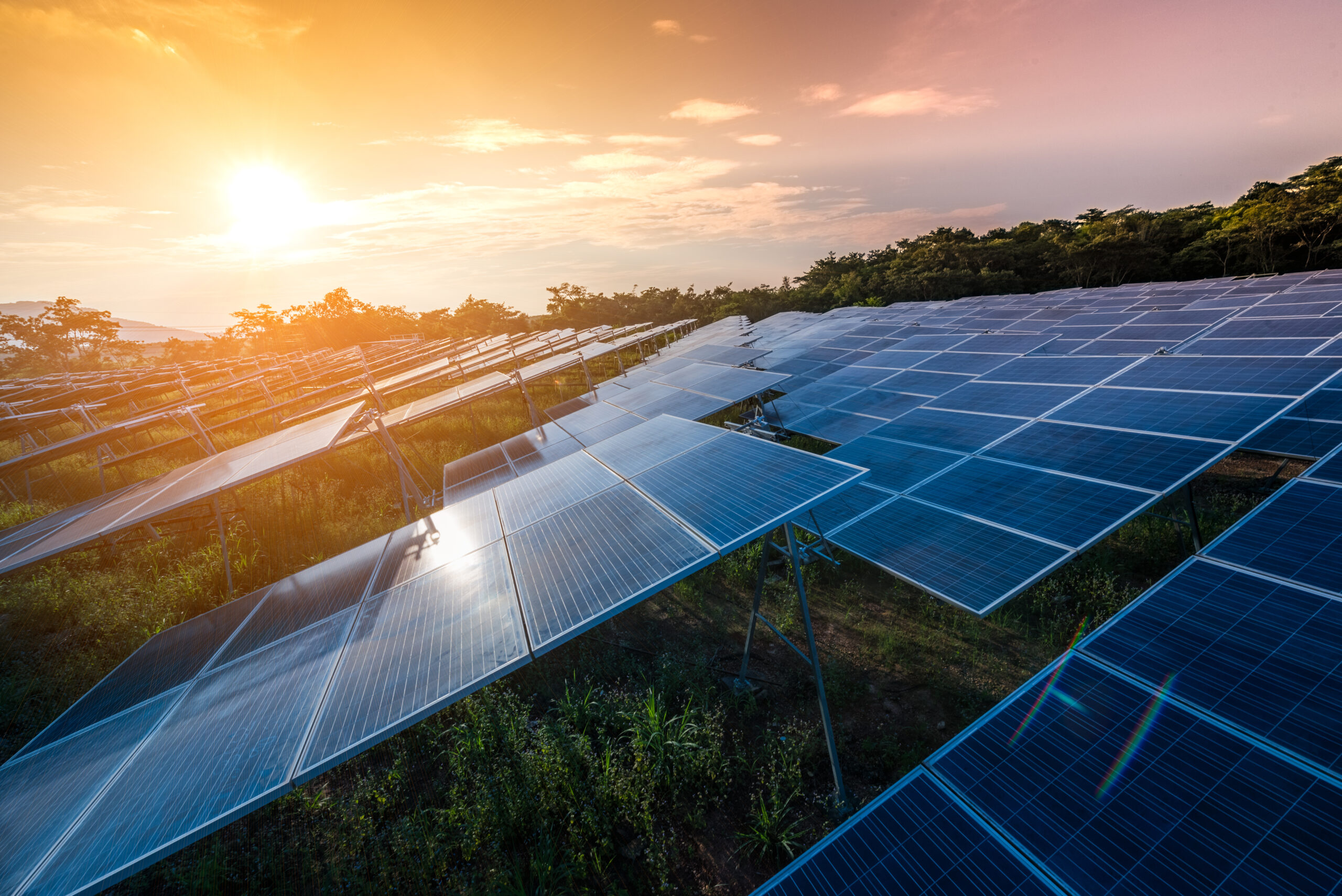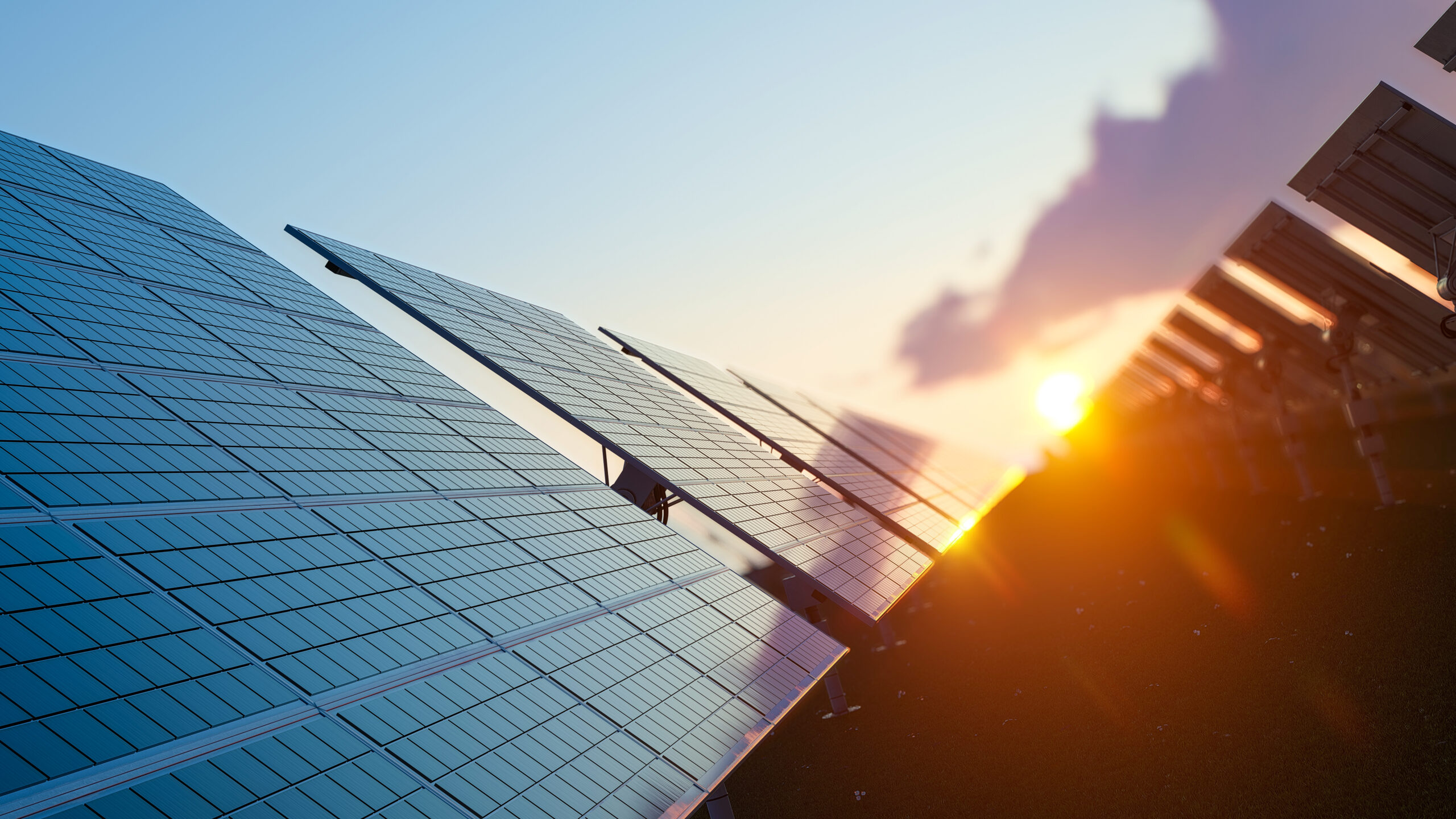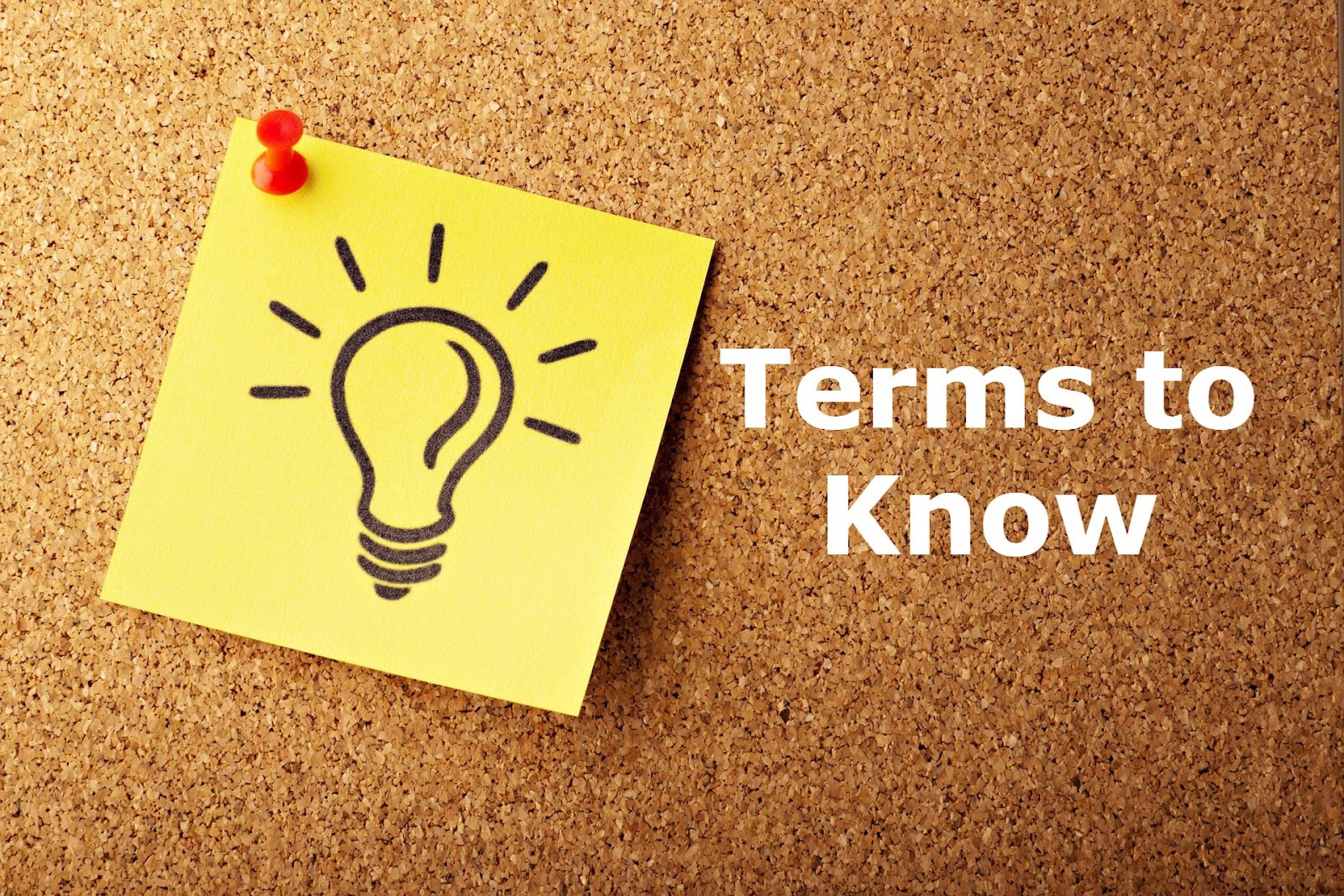One of our most frequently asked questions from landowners involves the likelihood of project execution. Once the lease is signed, what are the chances the solar project actually reaches the finish line? What are the barriers that arise that could prevent the project from being built? Scout Land Consultants’ CEO, Nathan Fabrick, answers these questions and provides insight on the three major development factors: Interconnection, the Power Purchase Agreement (PPA), and Permitting Activities.
You can access the full video below:
If you’re interested in leasing your land for solar and looking for a trusted, qualified developer, contact us at Scout Land Consultants. Our team is dedicated to identifying sites for solar projects and helping landowners secure land agreements with the country’s top developers.
